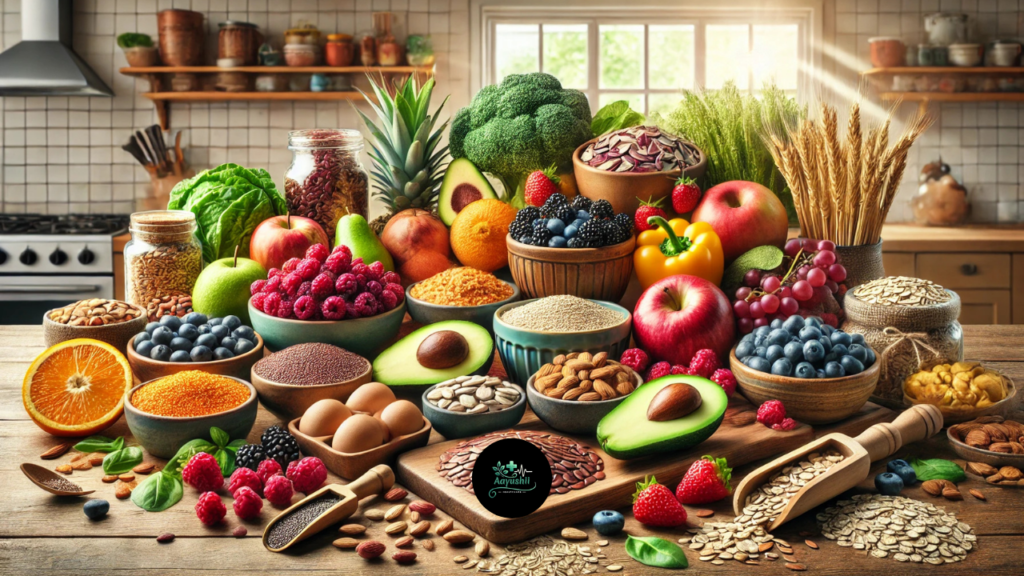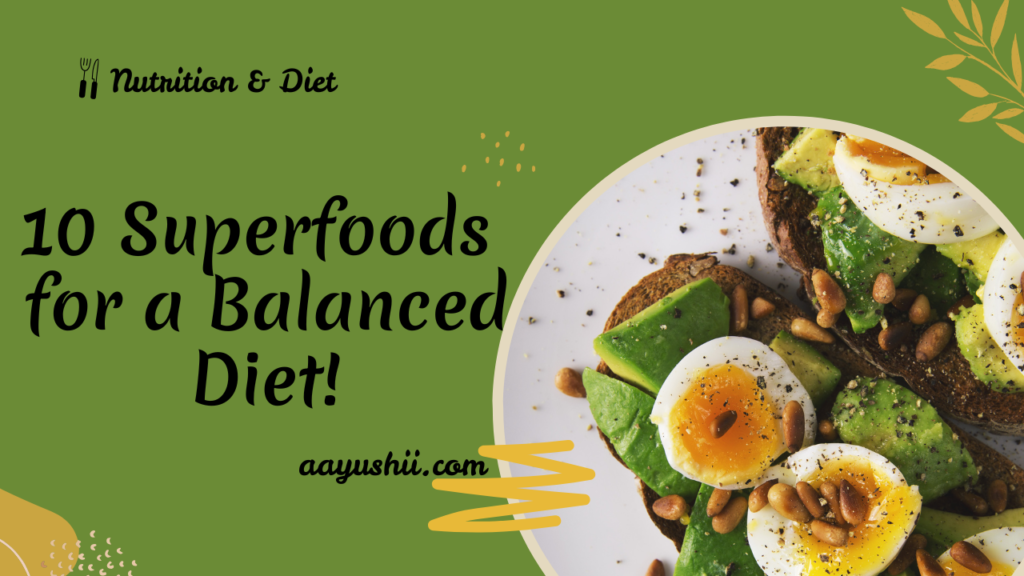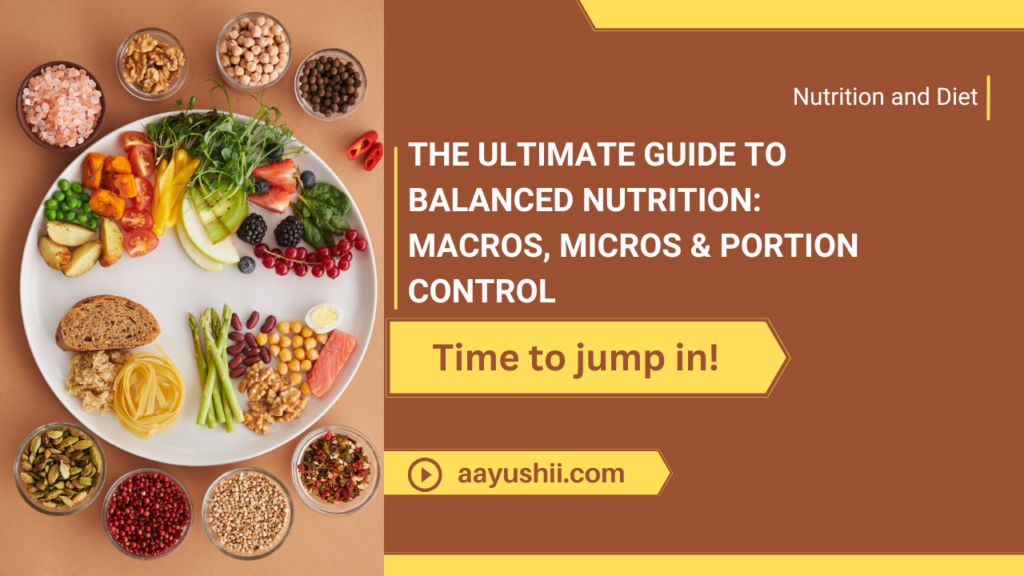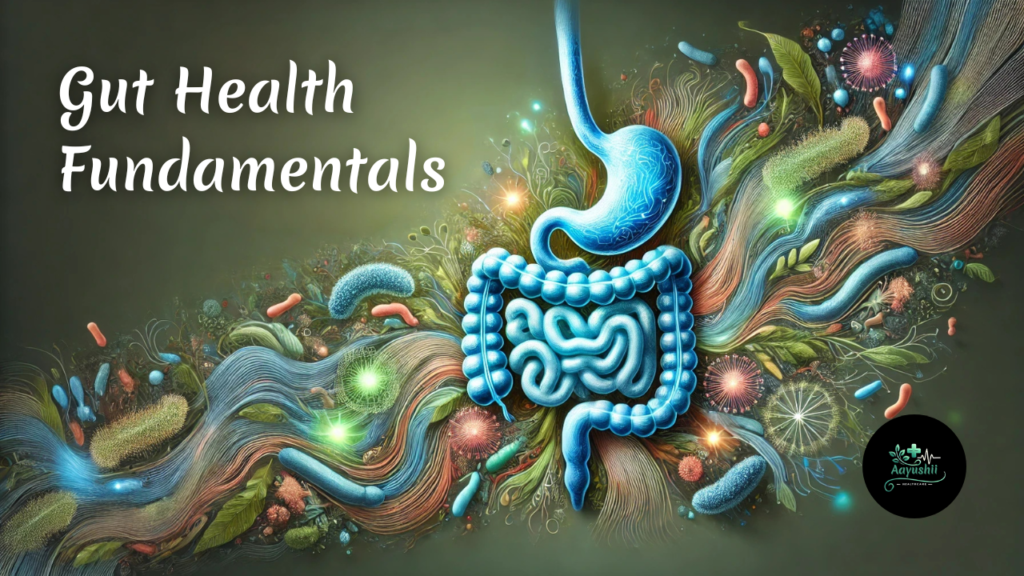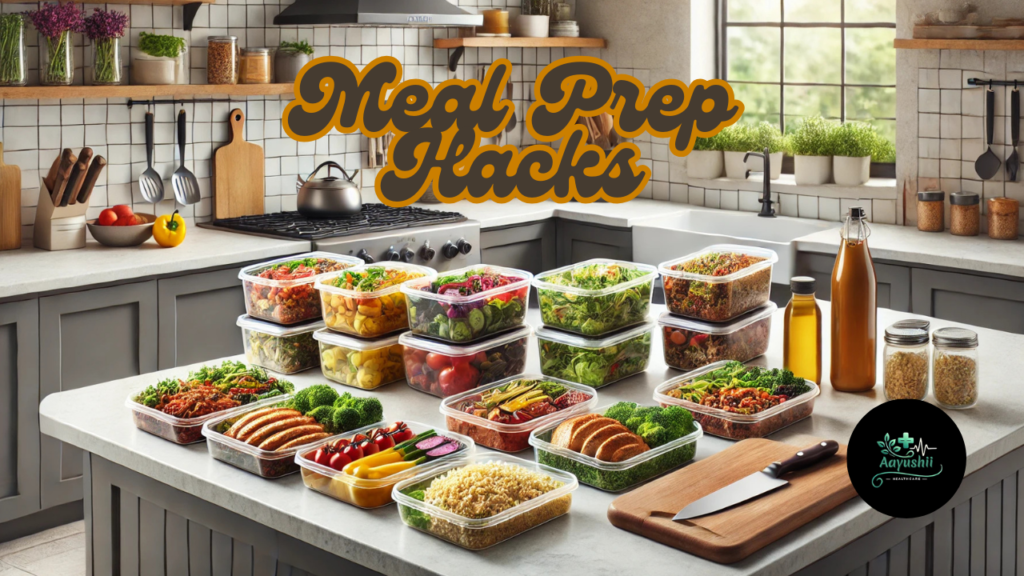Digestive health is a cornerstone of overall wellness, and fiber plays a crucial role in maintaining a healthy gut. While it’s often easy to overlook fiber in favor of other nutrients like protein and healthy fats, ensuring you meet your daily fiber requirements can help prevent constipation, reduce cholesterol levels, and optimize weight management. Beyond its digestive benefits, fiber also supports the gut microbiome, which in turn influences immunity, nutrient absorption, and even mental health.
In this comprehensive guide, we’ll explore everything you need to know about dietary fiber—its various types, the recommended daily intake, best practices for incorporating it into your diet, and potential side effects if you go overboard. Most importantly, we will unveil the top 10 high-fiber foods to improve digestive health. By the end of this article, you’ll have a thorough understanding of how fiber enhances gut function, how to gradually increase your daily intake, and how to creatively add more fiber-rich foods to everyday meals.
Whether your goal is to alleviate gastrointestinal discomfort or simply fortify your body against disease, integrating fiber into your daily routine is a simple yet powerful strategy. We’ll dive deep into practical tips, address common misconceptions, and include insightful examples that will empower you to make informed dietary choices. If you’re ready to transform your digestive health and experience the myriad benefits of a fiber-rich diet, read on for an in-depth look at the top 10 high-fiber foods and more.
What Is Dietary Fiber?
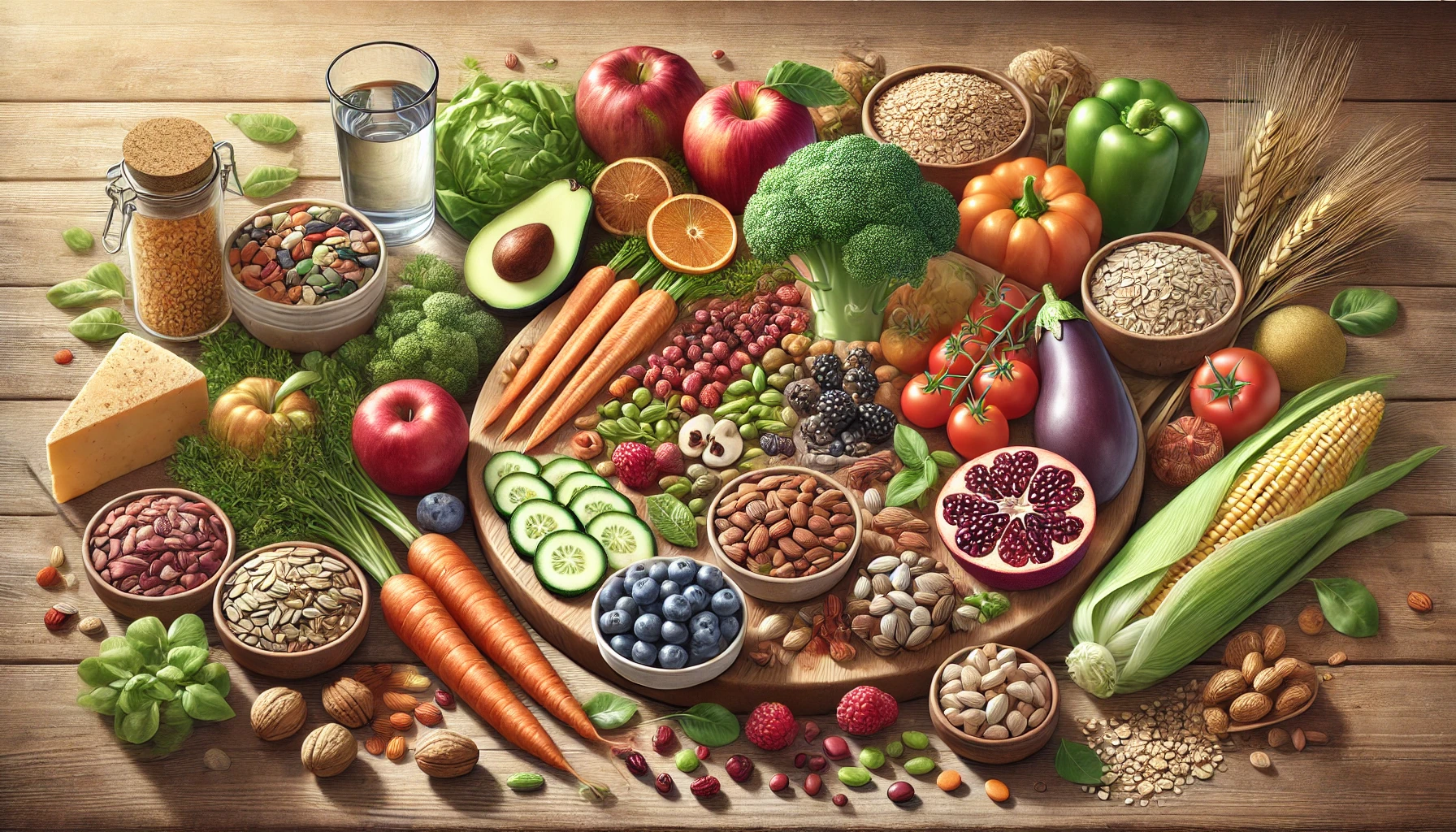
Dietary fiber is a type of carbohydrate that our bodies can’t fully break down or absorb. Unlike sugars and starches, which are mostly digested in the small intestine, fiber passes relatively intact through our system, primarily aiding in the movement of contents through the digestive tract. This journey is significant because it helps regulate bowel movements, maintains gut health, and promotes the excretion of toxins.
Soluble vs Insoluble Fiber
- Soluble Fiber: As the name implies, soluble fiber dissolves in water to form a gel-like substance. This gel can slow digestion, helping you feel full longer and contributing to weight management. Soluble fiber is known for its role in reducing cholesterol and stabilizing blood sugar levels. Common sources include oats, apples, beans, and flaxseeds.
- Insoluble Fiber: Insoluble fiber does not dissolve in water. Instead, it adds bulk to your stool, helping to prevent constipation and promote regular bowel movements. Whole grains, nuts, and various vegetables (like carrots and celery) are excellent sources of insoluble fiber.
Both types of fiber bring unique benefits, and a balanced intake of soluble and insoluble fiber is crucial for optimal digestive health.
Why Is Fiber Important for Digestive Health?
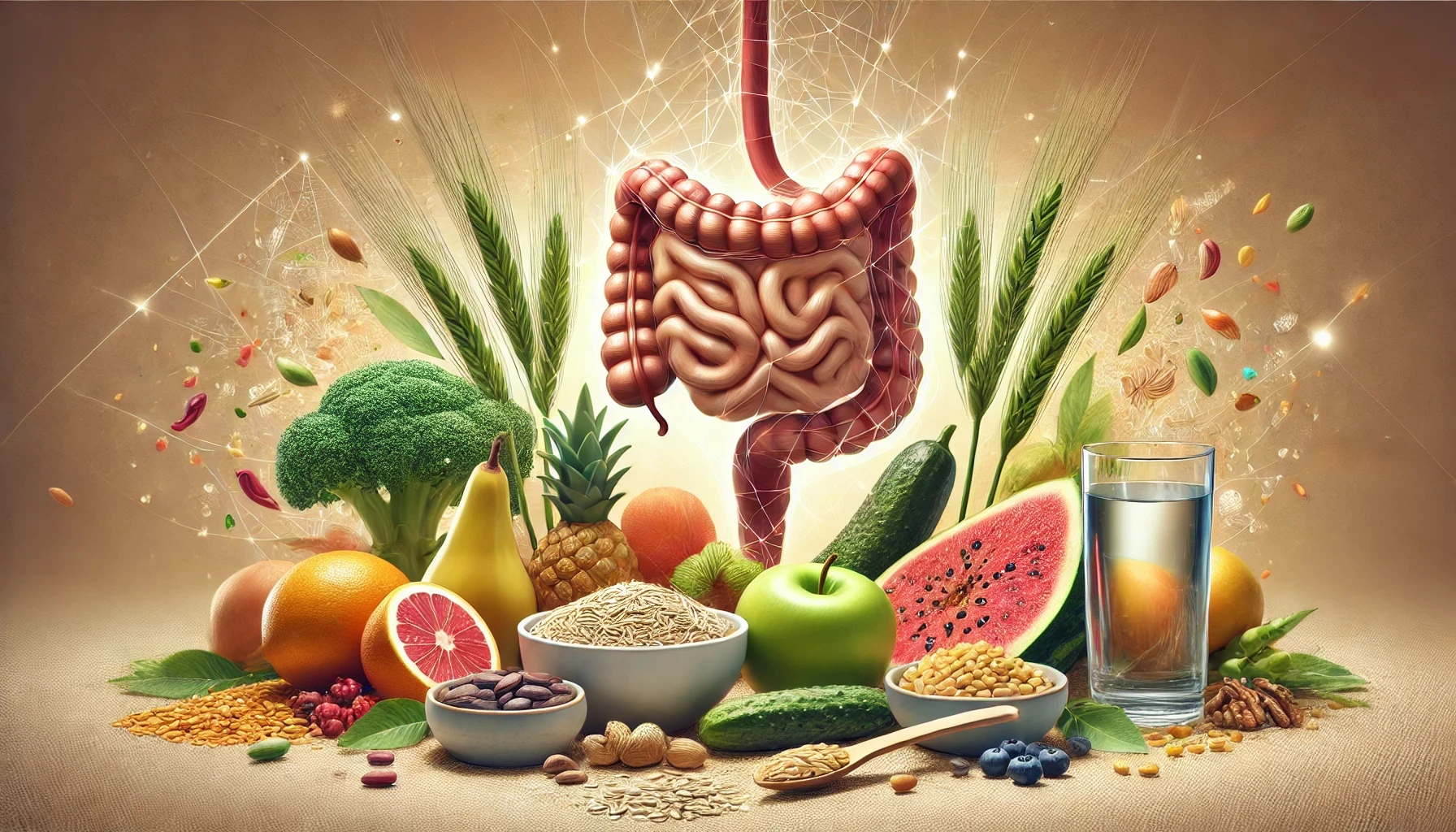
Fiber acts like a broom, sweeping through your digestive tract and cleaning up waste along the way. When you eat a fiber-rich meal, you’re essentially feeding your gut microbes—tiny microorganisms living in your colon that help break down undigested food. These microbes produce short-chain fatty acids and other vital compounds that reduce inflammation, improve immune function, and enhance nutrient absorption.
- Promotes Regular Bowel Movements
Fiber softens stool and adds bulk, making it easier to pass. This helps you avoid constipation and maintain consistent bowel movements. - Feeds the Gut Microbiome
Many types of fiber serve as prebiotics—food for the beneficial bacteria in your gut. A flourishing gut microbiome can lead to better overall health, including a more robust immune system. - Supports Heart Health
Soluble fiber binds with cholesterol particles in your digestive system, allowing them to exit the body before being absorbed. As a result, dietary fiber can help lower LDL (bad) cholesterol levels. - Aids Weight Management
High-fiber foods tend to be more filling, which can help you feel satisfied after meals. By controlling hunger, fiber can support healthy weight management. - Improves Blood Sugar Control
Soluble fiber slows digestion and the absorption of sugar, which can stabilize blood sugar levels. This is beneficial for people managing diabetes or at risk of developing the condition.
Simply put, fiber is the unsung hero of digestive health. Whether you’re looking to alleviate discomfort, fortify your gut’s defenses, or support heart health, fiber is a nutritional ally you shouldn’t ignore.
Types of Fiber in Detail
While dietary fiber is generally classified into soluble and insoluble categories, there are subtypes worth noting. Each has its own distinctive attributes and benefits:
- Pectins
Pectins are found in fruits like apples, strawberries, and citrus fruits. They’re a soluble fiber that forms a gel in your stomach, which helps slow digestion and can assist with regulating blood sugar. - Beta-Glucans
Typically found in oats and barley, beta-glucans help boost your immune system and lower LDL cholesterol levels. These are also soluble fibers known for their thickening properties and prebiotic effect in the gut. - Inulin and Fructooligosaccharides (FOS)
These are prebiotic fibers found in foods like chicory root, garlic, onions, and artichokes. They not only increase stool bulk but also serve as a fuel source for gut bacteria, enhancing the production of short-chain fatty acids like butyrate that improve colon health. - Cellulose and Hemicellulose
This category includes the insoluble fibers found in whole grains, the skins of fruits and vegetables, and various seeds. They help add bulk to your stool, making it easier to pass waste and reducing the risk of constipation. - Resistant Starch
Though often overlooked, resistant starch acts like fiber because it resists digestion in the small intestine. Foods like green bananas, cooked and cooled potatoes, and legumes contain resistant starch. It supports a healthy microbiome by feeding beneficial bacteria in the large intestine.
Understanding these subtypes allows you to refine your dietary choices. Different fibers perform different tasks in the body, so variety is key to maximizing benefits.
Recommended Daily Fiber Intake
According to the Academy of Nutrition and Dietetics and other health organizations:
- Women should aim for 25 grams of fiber per day.
- Men should aim for 38 grams of fiber per day.
- Older Adults (over age 50) often require slightly less fiber: 21 grams for women, 30 grams for men.
However, these values can vary based on factors like activity level, medical history, and overall dietary patterns. If you’re transitioning from a low-fiber diet, it’s wise to do so gradually. Increasing fiber too quickly can cause bloating, gas, and stomach cramps. Instead, add 5-gram increments of fiber every few days to give your body time to adjust, and remember to drink plenty of water.
Top 10 High-Fiber Foods
Now that we’ve laid the foundation for understanding fiber, let’s delve into the top 10 high-fiber foods you should consider incorporating into your diet. Each food on this list has been chosen for its exceptional fiber content, ease of integration into various meals, and wide availability. We’ll also discuss the benefits unique to each food, plus tips on how to eat them more frequently.
1. Beans and Legumes (e.g., Black Beans, Kidney Beans, Chickpeas, Lentils)
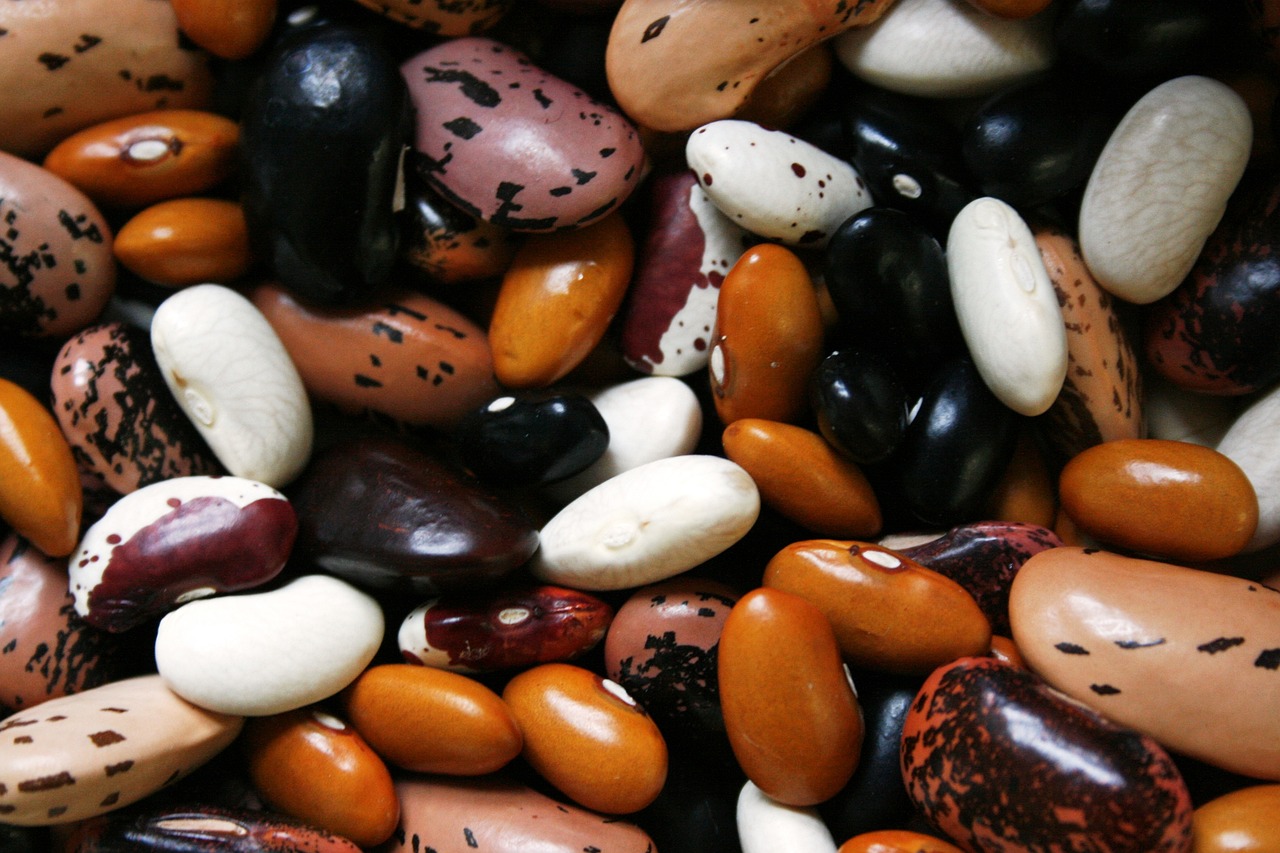
Fiber Content
Beans and legumes rank among the highest sources of fiber. A single cup of cooked black beans, for example, contains around 15 grams of dietary fiber, while lentils typically provide around 15–16 grams per cup. This impressive fiber content makes them a go-to food for anyone focusing on gut health.
Health Benefits
- High in Protein: In addition to fiber, beans are a substantial plant-based protein source, making them ideal for vegetarian and vegan diets.
- Low Glycemic Index: Beans and legumes slow the release of sugar into the bloodstream, helping stabilize blood sugar levels and reduce the risk of insulin spikes.
- Rich in Micronutrients: They offer important vitamins and minerals like iron, folate, magnesium, and potassium.
- Cholesterol Management: The soluble fiber in beans binds to cholesterol in the gut, aiding its excretion.
How to Eat More Beans and Legumes
- Soups and Stews: Use beans to thicken soups, chilis, and stews.
- Salads: Add chickpeas or black beans to your favorite salad for extra protein and fiber.
- Hummus or Bean Dip: Blend chickpeas or white beans into a smooth dip that pairs perfectly with vegetables or whole-grain crackers.
- Veggie Burgers: Mash black beans or lentils with spices and shape into patties.
2. Oats
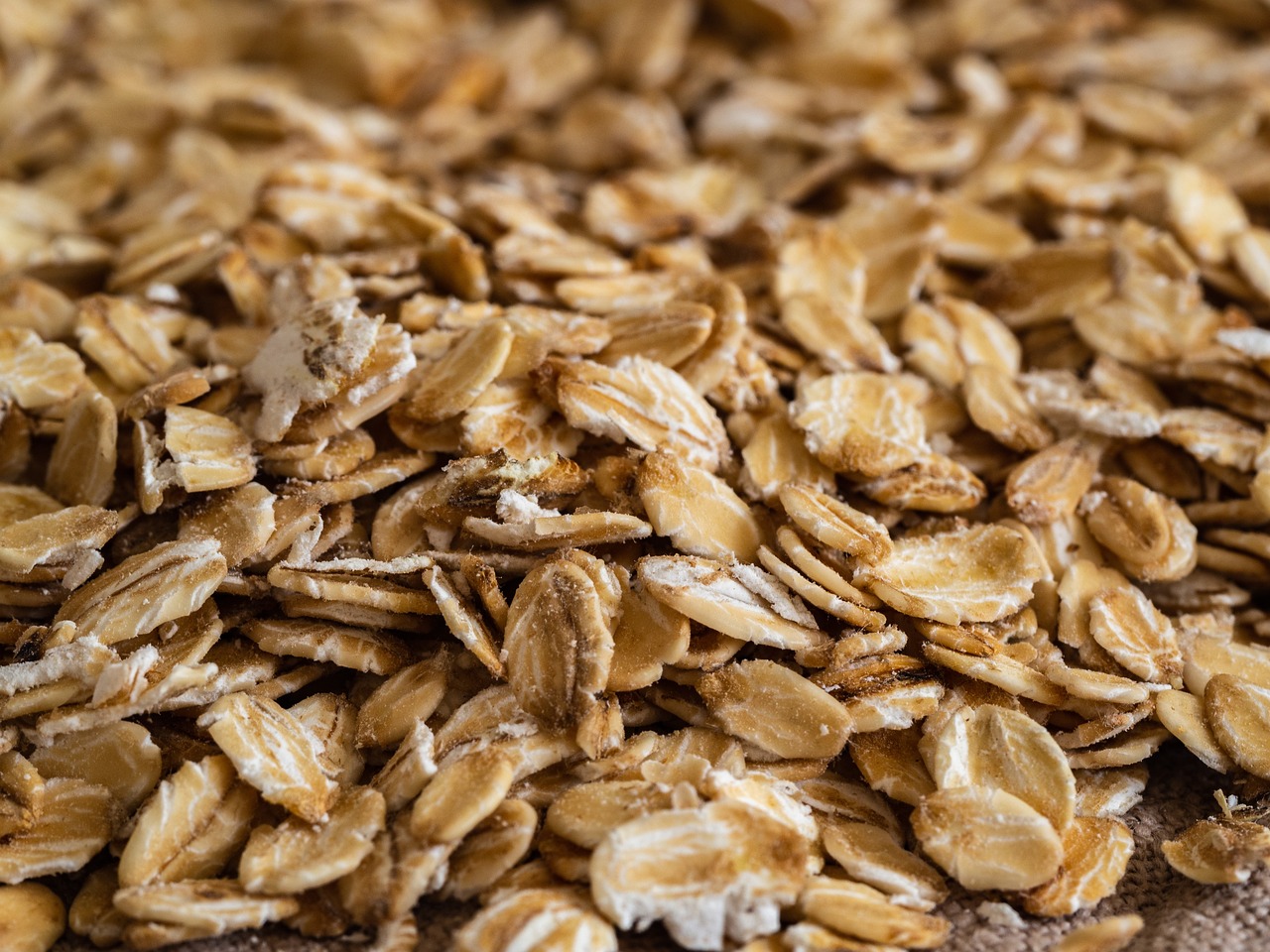
Fiber Content
Oats are famous for their beta-glucan content—a soluble fiber linked to numerous health benefits. A cup of cooked oats provides around 4 grams of fiber, but you can easily boost that number by adding fiber-rich toppings like berries or nuts.
Health Benefits
- Blood Sugar Regulation: The beta-glucans in oats slow down carbohydrate digestion, helping to keep blood sugar levels more stable.
- Satiety and Weight Control: Oats are known for keeping you full, which reduces the likelihood of overeating.
- Cardiovascular Health: Oats may help reduce total and LDL cholesterol levels, thanks to their soluble fiber content.
- Skin Health: Oats contain nutrients that nourish the skin, and colloidal oatmeal is even used topically to soothe irritation.
How to Eat More Oats
- Overnight Oats: Combine rolled oats, milk (or a plant-based alternative), and toppings like chia seeds or berries, then refrigerate overnight.
- Oat Smoothies: Blend a handful of oats into your morning smoothie for an extra fiber boost.
- Homemade Granola: Make your own granola with rolled oats, nuts, seeds, and a drizzle of honey.
- Baking: Use oat flour in pancakes, muffins, or bread recipes to raise the fiber content.
3. Chia Seeds
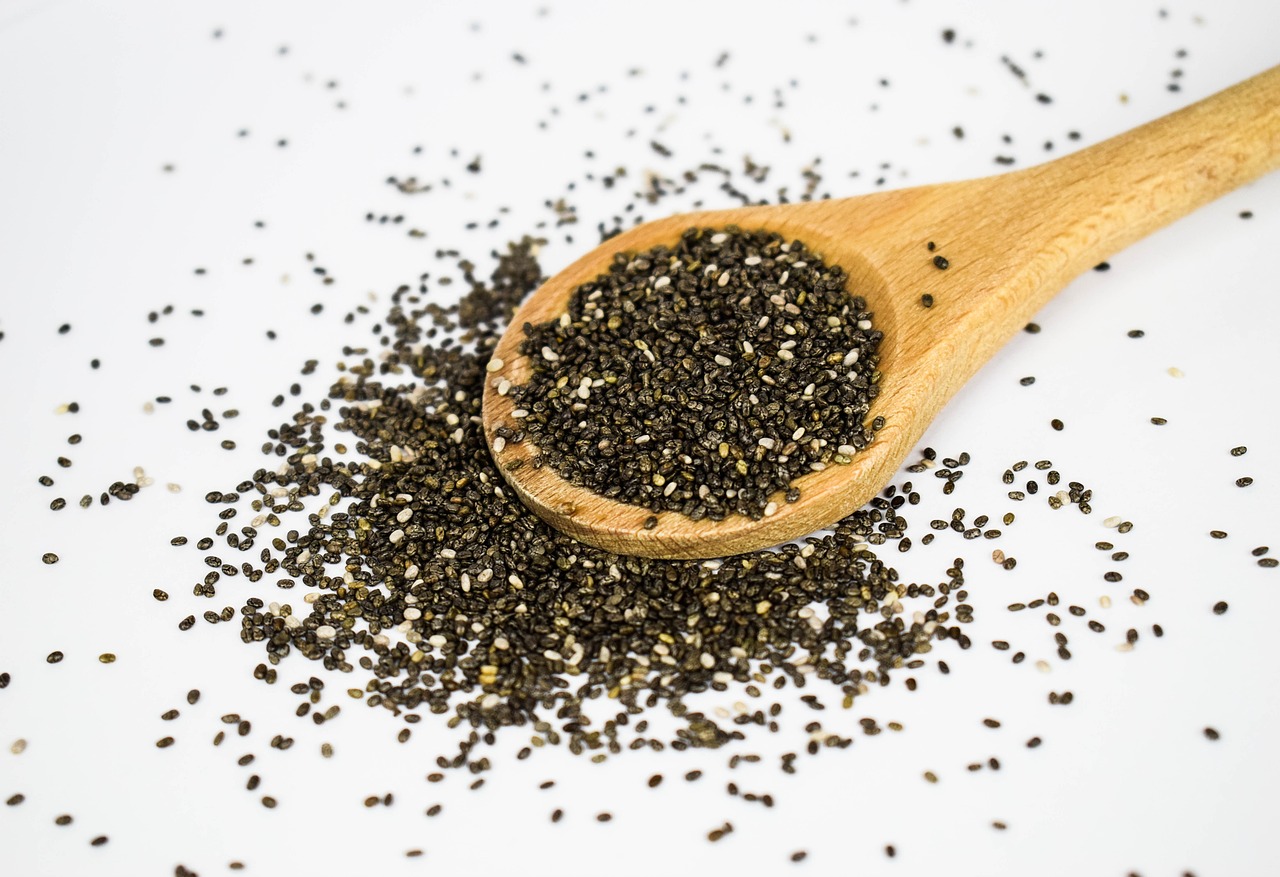
Fiber Content
Chia seeds are a powerhouse of nutritional benefits, boasting about 10 grams of fiber per two-tablespoon serving. Most of this is soluble fiber, which forms a gel in liquid, aiding digestion and promoting fullness.
Health Benefits
- Hydration and Electrolyte Balance: When mixed with water, chia seeds form a gel that can help with hydration. They also contain a range of minerals like calcium, magnesium, and phosphorus.
- Weight Management: The gel-like consistency helps keep you feeling full, curbing unnecessary snacking.
- Gut Microbiome Support: Chia seeds provide prebiotic fiber, feeding beneficial bacteria in the colon.
- Omega-3 Fatty Acids: Chia seeds are one of the best plant sources of alpha-linolenic acid (ALA), an essential omega-3.
How to Eat More Chia Seeds
- Chia Pudding: Soak chia seeds in milk or yogurt overnight and add fruit, nuts, or honey for a sweet treat.
- Smoothie Booster: Sprinkle a tablespoon of chia seeds into smoothies or protein shakes.
- Baked Goods: Stir chia seeds into muffin or bread batter for extra texture and fiber.
- Egg Replacement: A mixture of 1 tablespoon chia seeds with 3 tablespoons water can act as a vegan egg substitute in certain recipes.
4. Flaxseeds
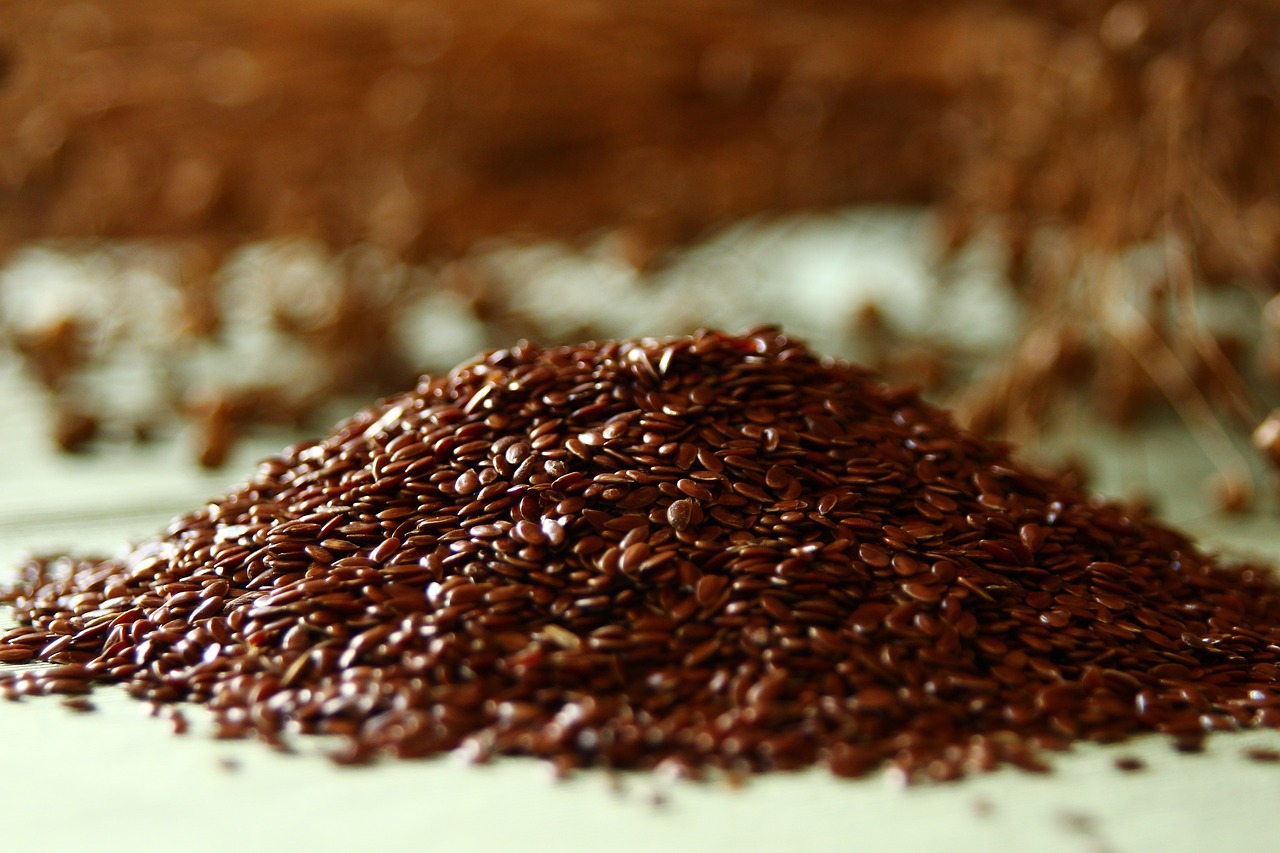
Fiber Content
Flaxseeds offer about 2.8 grams of fiber per tablespoon, making them a potent addition to any diet. Similar to chia seeds, flaxseeds contain soluble fiber that gels up, providing a feeling of satiety.
Health Benefits
- Omega-3 Rich: Flaxseeds are another excellent source of plant-based omega-3 fatty acids, particularly ALA.
- Potential Cancer-Fighting Properties: Flaxseeds contain lignans, which some studies suggest may have anti-cancer properties.
- Hormone Balance: Lignans are phytoestrogens, compounds that can help balance hormonal fluctuations in the body.
- Cholesterol Reduction: Regular consumption of flaxseeds may aid in lowering LDL cholesterol levels.
How to Eat More Flaxseeds
- Ground Flaxseeds: Whole flaxseeds may pass through the digestive system undigested, so it’s best to grind them before use.
- Smoothies and Yogurt: Stir ground flaxseeds into Greek yogurt or a post-workout smoothie.
- Baking: Replace part of the flour in muffin or bread recipes with flaxseed meal for added fiber.
- Salad Topping: Use ground or crushed flaxseeds as a topping for salads.
5. Berries (e.g., Raspberries, Blackberries)
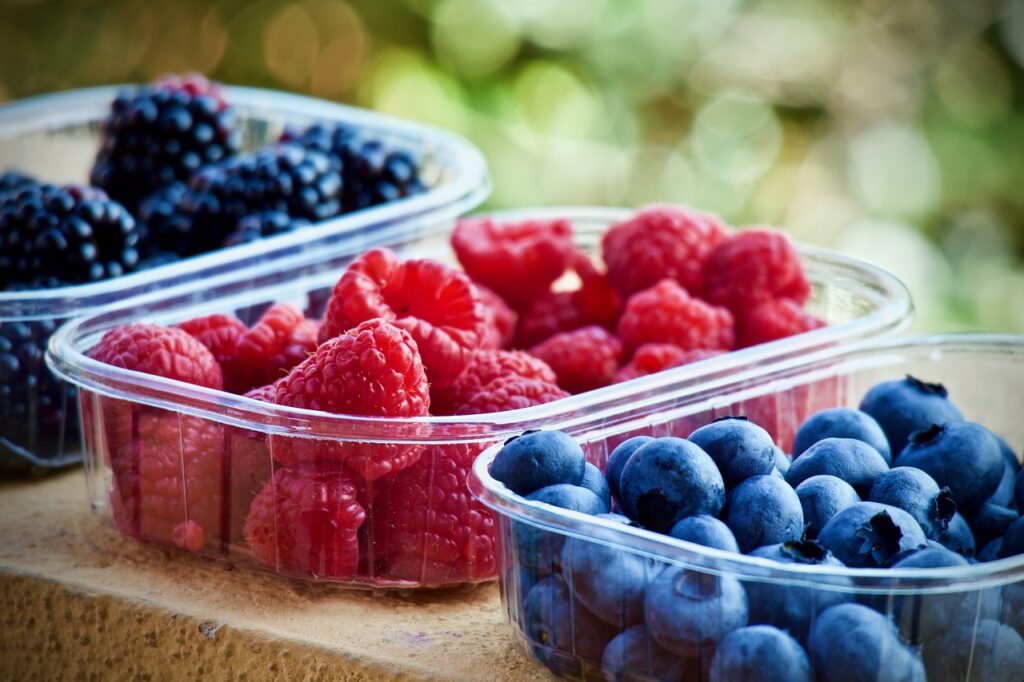
Fiber Content
Berries are one of the most fiber-dense fruits. A cup of raspberries can provide up to 8 grams of fiber, and blackberries offer about 7.6 grams per cup. Additionally, they’re low in sugar relative to other fruits, making them a popular choice among health enthusiasts.
Health Benefits
- Antioxidant Powerhouse: Berries are loaded with anthocyanins, quercetin, and vitamin C—powerful antioxidants that reduce oxidative stress and inflammation.
- Weight-Friendly: Their high fiber content and relatively low sugar make them a smart choice for satisfying sweet cravings without harming blood sugar control.
- Skin and Eye Health: Antioxidants support collagen formation, aiding skin elasticity, and may also help protect against age-related macular degeneration.
- Heart Health: The polyphenols in berries can improve vascular function and help lower blood pressure.
How to Eat More Berries
- Snacking: Keep a bowl of mixed berries in the fridge for a quick grab-and-go snack.
- Smoothie Ingredient: Blend berries with spinach, Greek yogurt, and a splash of almond milk for a high-fiber, antioxidant-rich smoothie.
- Healthy Desserts: Create a parfait with layers of berries, yogurt, and granola.
- Oatmeal Topping: Top your morning oats with fresh or frozen berries to boost fiber and add natural sweetness.
6. Avocados
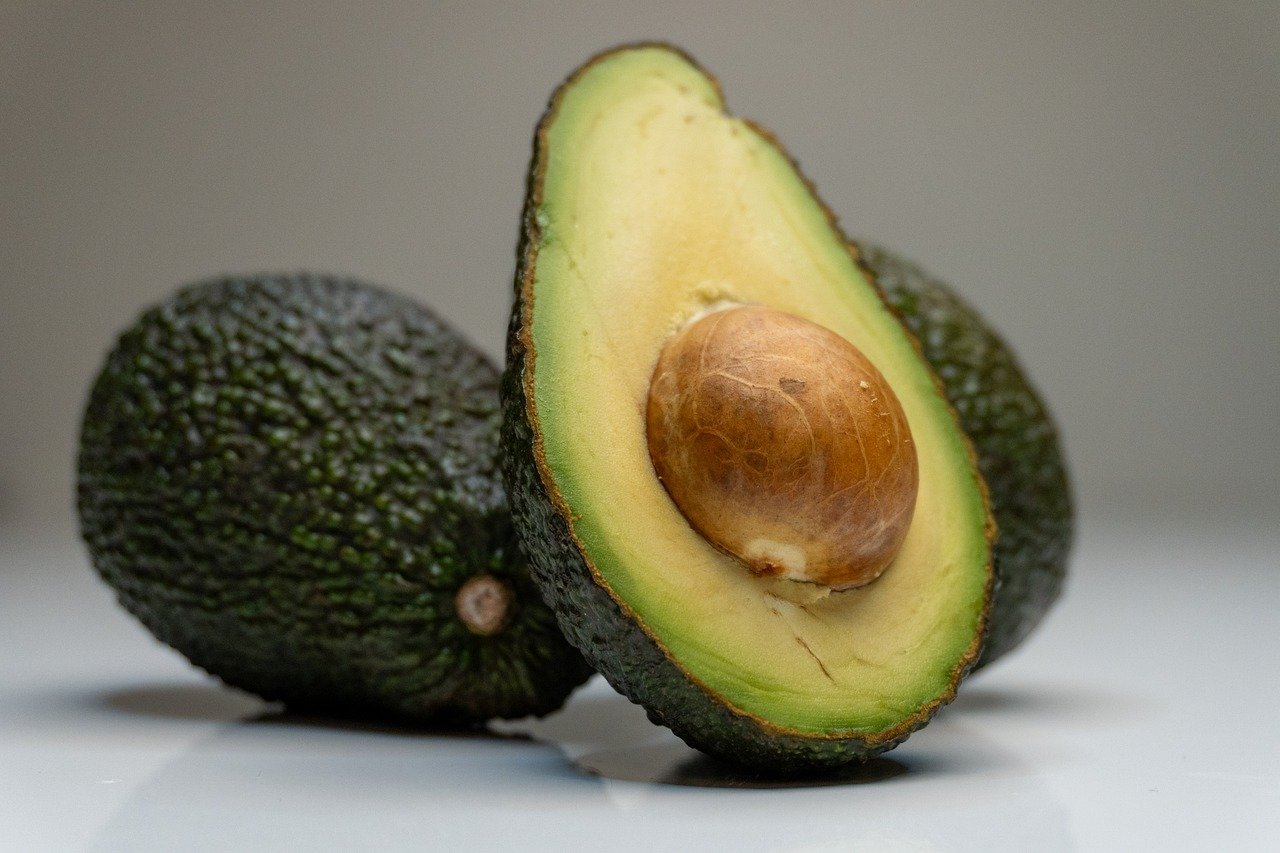
Fiber Content
Avocados are more than just a source of healthy fats—they also contain a surprising amount of fiber. A medium-sized avocado has around 10 grams of fiber, blending both soluble and insoluble types.
Health Benefits
- Heart-Healthy Fats: Avocados are rich in monounsaturated fats, which can help reduce LDL cholesterol when replacing saturated fats in the diet.
- Nutrient Dense: Avocados provide vitamins E, K, C, and B vitamins, as well as potassium.
- Promotes Satiety: The combination of fiber and healthy fats can help keep you full, potentially aiding in weight management.
- Skin and Hair: The healthy fats and vitamins in avocados can contribute to glowing skin and lustrous hair.
How to Eat More Avocados
- Guacamole: A classic dip that pairs well with whole-grain chips or as a spread in sandwiches.
- Salads: Dice fresh avocado into salads or mix mashed avocado with lemon juice to create a creamy dressing.
- Avocado Toast: Mash avocado with salt, pepper, and a splash of lime juice, then spread on whole-grain toast.
- Smoothies: For an ultra-creamy smoothie, add half an avocado to the blender.
7. Apples (With the Skin)
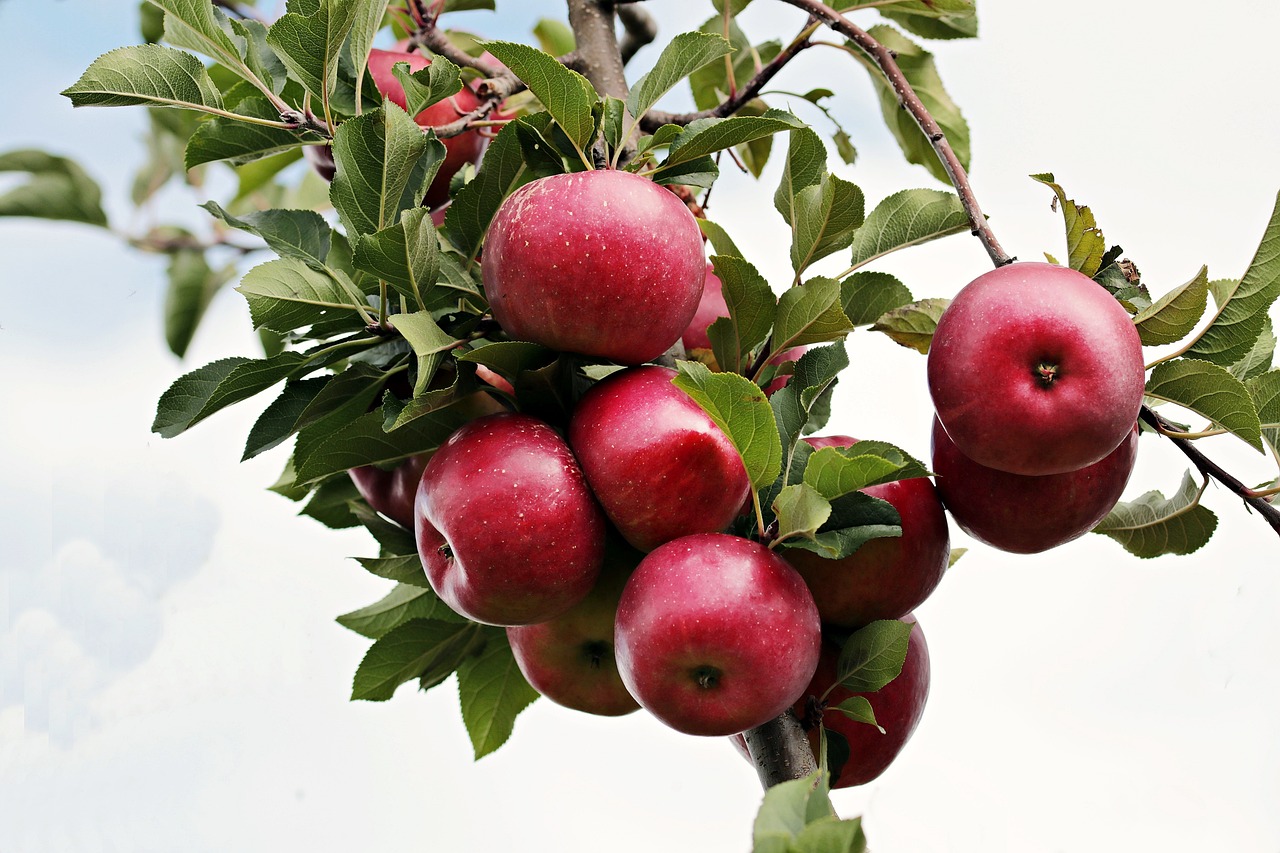
Fiber Content
A medium apple—with the skin—can contain about 4.5 grams of fiber, primarily pectin (a type of soluble fiber). Eating the skin is crucial since it contains much of the fruit’s fiber content.
Health Benefits
- Prebiotic Effects: Apples feed healthy gut bacteria, promoting a balanced microbiome.
- Heart Health: Pectin can help lower LDL cholesterol, supporting cardiovascular well-being.
- Blood Sugar Control: Fiber helps regulate the rate at which sugar enters your bloodstream, making apples a good snack option for stable energy.
- Rich in Vitamins: Apples also contain vitamin C, potassium, and various antioxidants.
How to Eat More Apples
- On-the-Go Snack: Keep a washed apple in your bag for a quick fiber boost anytime.
- Apple Slices with Nut Butter: Pair apple slices with almond or peanut butter for extra protein and healthy fats.
- Baked Apples: Core and slice apples, sprinkle with cinnamon, and bake them for a sweet and fiber-rich dessert.
- Salads or Slaws: Chop apples into bite-sized pieces and toss them into coleslaw or green salads for extra crunch.
8. Broccoli
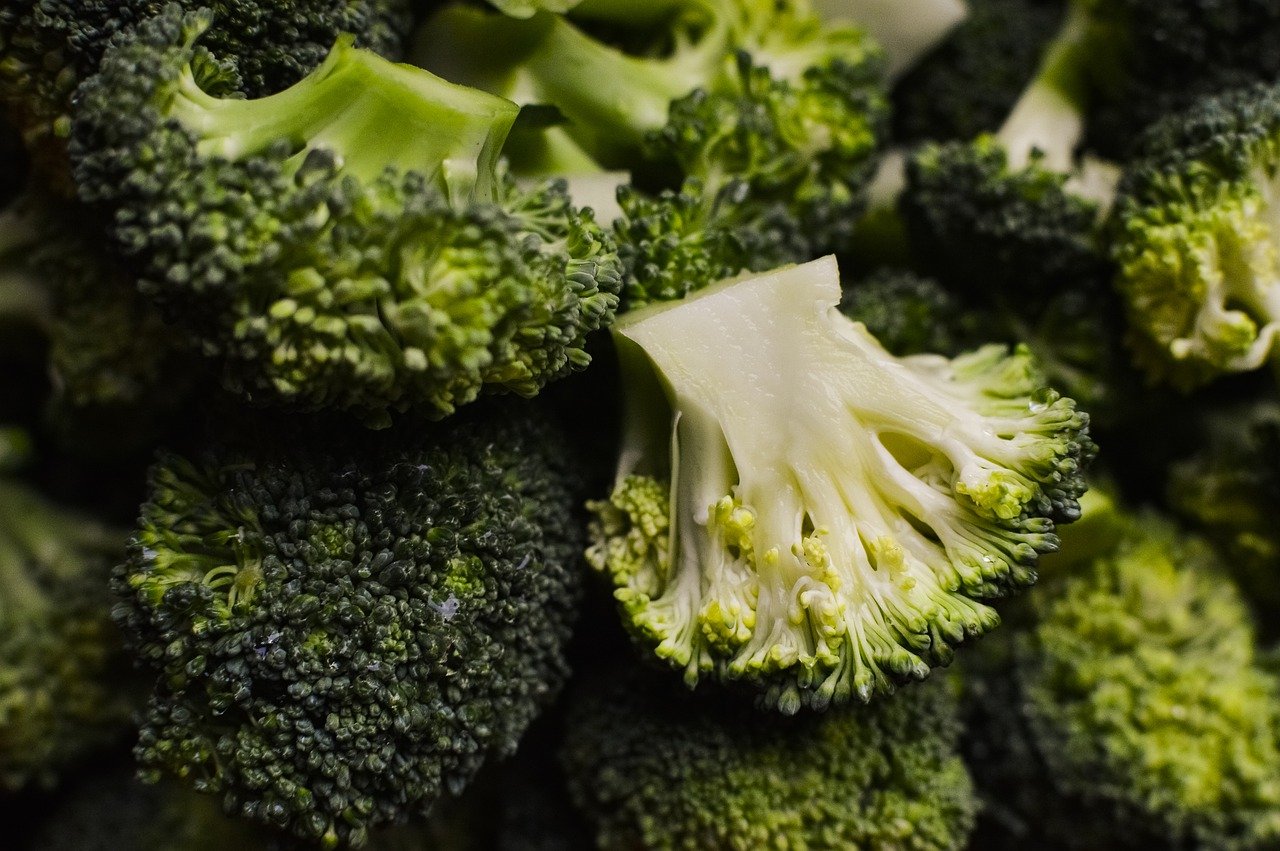
Fiber Content
Broccoli is one of the most fiber-rich cruciferous vegetables, containing about 5 grams of fiber per cup when cooked. It’s an excellent mix of soluble and insoluble fiber, making it beneficial for various digestive needs.
Health Benefits
- Detoxification: Cruciferous vegetables like broccoli contain sulforaphane, which supports the liver’s detoxification processes.
- Cancer Prevention: Some studies suggest that compounds in broccoli may help reduce the risk of certain cancers.
- High in Vitamins: Broccoli is a great source of vitamin C, vitamin K, and folate.
- Weight Management: The combination of fiber and low calories makes it a weight-loss-friendly food.
How to Eat More Broccoli
- Steamed or Roasted: Cook broccoli with olive oil and your favorite herbs for a quick side dish.
- Stir-Fries: Toss broccoli florets into stir-fries with lean protein and whole grains.
- Broccoli Soup: Blend cooked broccoli with vegetable broth, garlic, and onion for a nutritious soup.
- Raw Snacks: Cut fresh broccoli into small florets for dipping in hummus or Greek yogurt sauces.
9. Whole Grains (e.g., Whole Wheat, Quinoa, Barley)
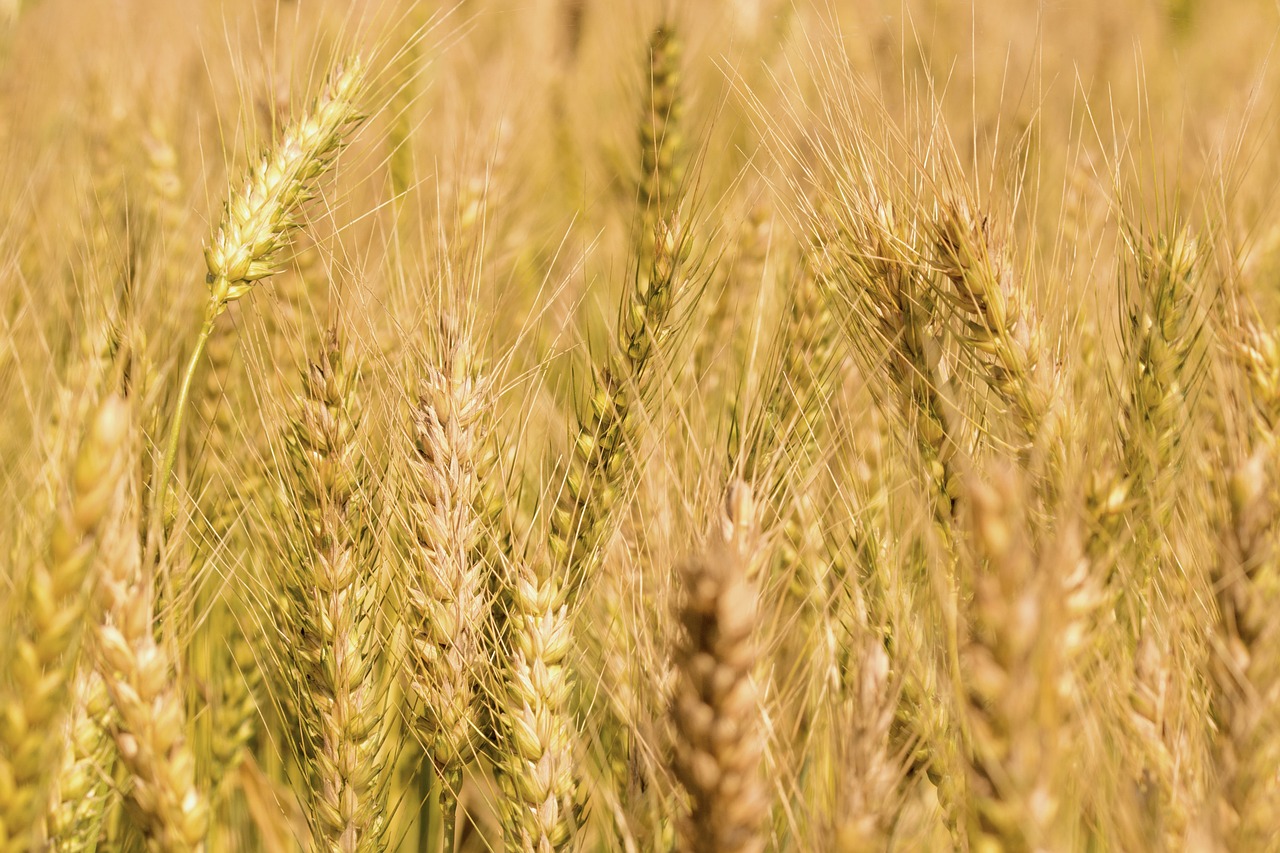
Fiber Content
Whole grains keep their bran and germ intact, which is where most of the fiber is found. Quinoa provides about 5 grams of fiber per cooked cup, whole wheat pasta contains around 6 grams per cup, and barley can offer a notable 6 grams per cup. By contrast, refined grains like white rice or white bread lose a significant portion of fiber during processing.
Health Benefits
- Long-Lasting Energy: The complex carbohydrates in whole grains digest more slowly, leading to sustained energy release.
- Nutrient Density: Whole grains contain iron, B vitamins, magnesium, and selenium—nutrients often lacking in refined grains.
- Reduced Chronic Disease Risk: Eating whole grains is associated with a lower risk of heart disease, type 2 diabetes, and certain cancers.
- Supports Digestive Health: The fiber content helps regulate bowel movements and nourishes beneficial gut bacteria.
How to Eat More Whole Grains
- Whole Wheat Bread: Switch from white bread to 100% whole wheat or whole-grain bread.
- Brown Rice or Quinoa: Replace white rice with brown rice or quinoa as a fiber-rich side dish.
- Whole Wheat Pasta: Choose whole wheat pasta instead of regular pasta for higher fiber content.
- Breakfast Cereal: Opt for oatmeal or 100% whole-grain cereal in the morning.
10. Nuts (e.g., Almonds, Pistachios)
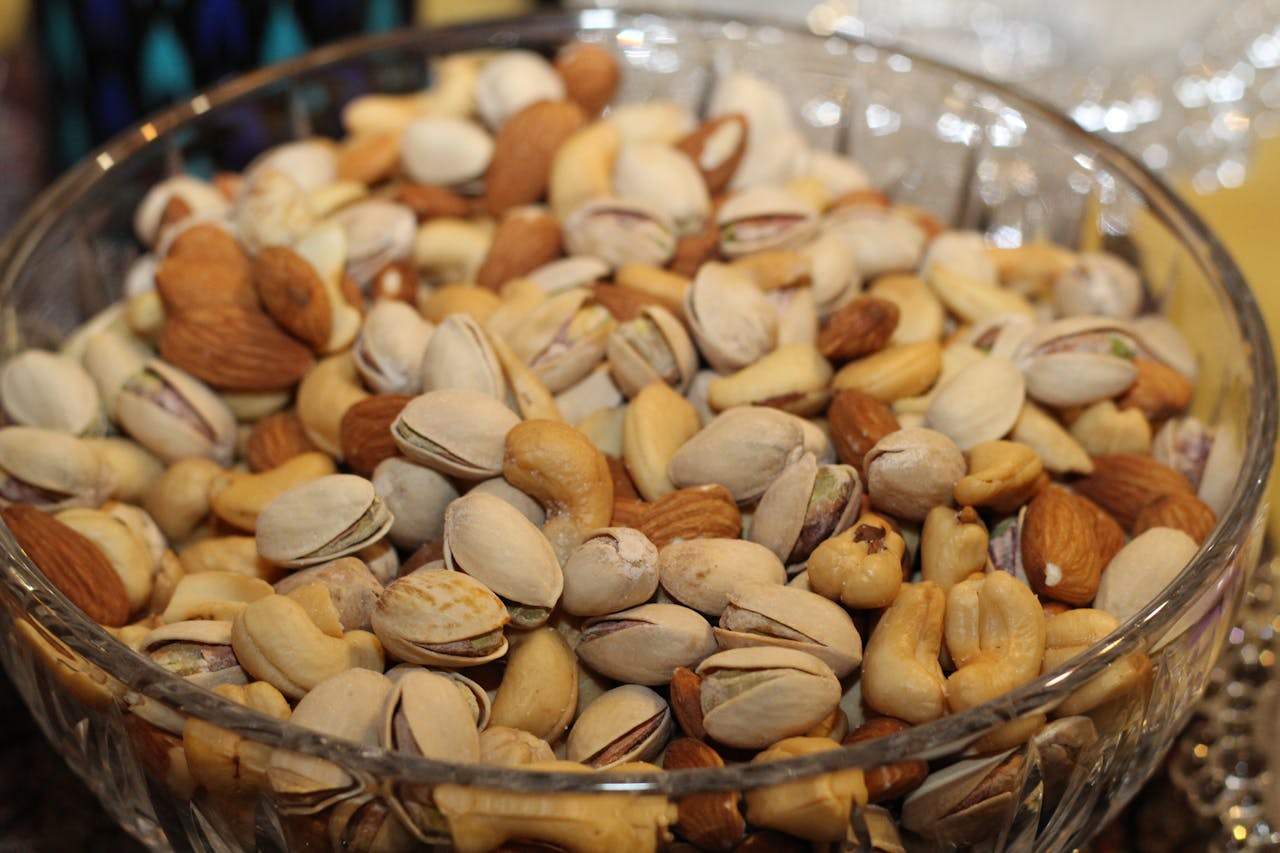
Fiber Content
Nuts are often praised for their healthy fats and protein, but they also provide a decent fiber boost. Almonds offer around 3.5 grams of fiber per ounce (about 23 almonds), while pistachios contain about 2.9 grams of fiber per ounce (around 49 pistachios).
Health Benefits
- Heart Health: The monounsaturated fats in nuts help maintain healthy cholesterol levels.
- Nutrient-Dense: Nuts are rich in vitamin E, magnesium, and antioxidants like polyphenols.
- Weight Management: Although nuts are calorie-dense, their high fiber and protein content can promote satiety.
- Diabetes Prevention: Nuts have a low glycemic index and can help stabilize blood sugar levels.
How to Eat More Nuts
- Snacking: Keep a small container of unsalted mixed nuts for an on-the-go snack.
- Nut Butter: Spread almond butter or peanut butter on whole-grain toast or apple slices.
- Salad Toppings: Add crunch to salads by tossing in a handful of chopped walnuts or pistachios.
- Baking and Cooking: Use ground nuts in place of bread crumbs, or incorporate them into muffin recipes for added fiber.
How to Incorporate High-Fiber Foods into Your Diet
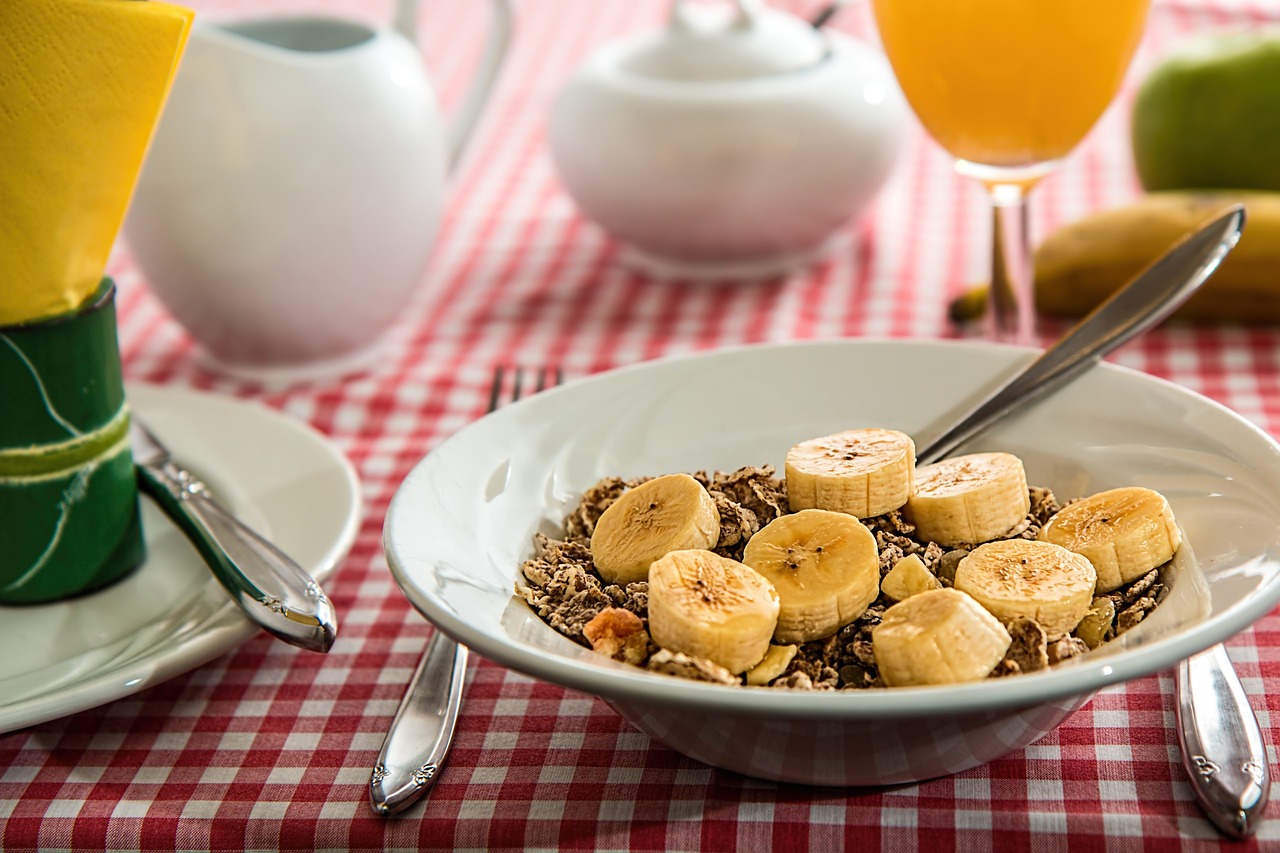
Increasing your fiber intake doesn’t have to be complicated. Here are some practical strategies:
- Gradual Increase
If you currently don’t eat much fiber, introduce new foods slowly. Quickly ramping up your fiber intake can lead to bloating, gas, and abdominal discomfort. - Diversify Your Sources
Aim for a variety of fruits, vegetables, whole grains, legumes, nuts, and seeds. Each group contains unique types of fiber that benefit your body in different ways. - Meal Planning
Plan your meals around high-fiber foods. For example, start the day with a bowl of oatmeal or a whole-grain breakfast cereal. At lunch, toss a salad with chickpeas or black beans. For dinner, incorporate whole grains and a cruciferous vegetable like broccoli. - Snack Smarter
Replace low-fiber snacks like chips or candies with fruit, vegetable sticks, or a handful of nuts. These small substitutions can quickly add up to significant fiber increases. - Be Mindful of Hydration
Fiber works best when paired with adequate fluid intake. Drinking enough water helps soluble fiber form a healthy gel-like consistency in the gut and assists in pushing insoluble fiber through your system. - Experiment with Recipes
Try a variety of recipes that highlight beans, whole grains, and vegetables. For instance, experiment with different bean-based soups, chili, quinoa salads, or veggie-stuffed whole wheat wraps.
Potential Side Effects of a High-Fiber Diet
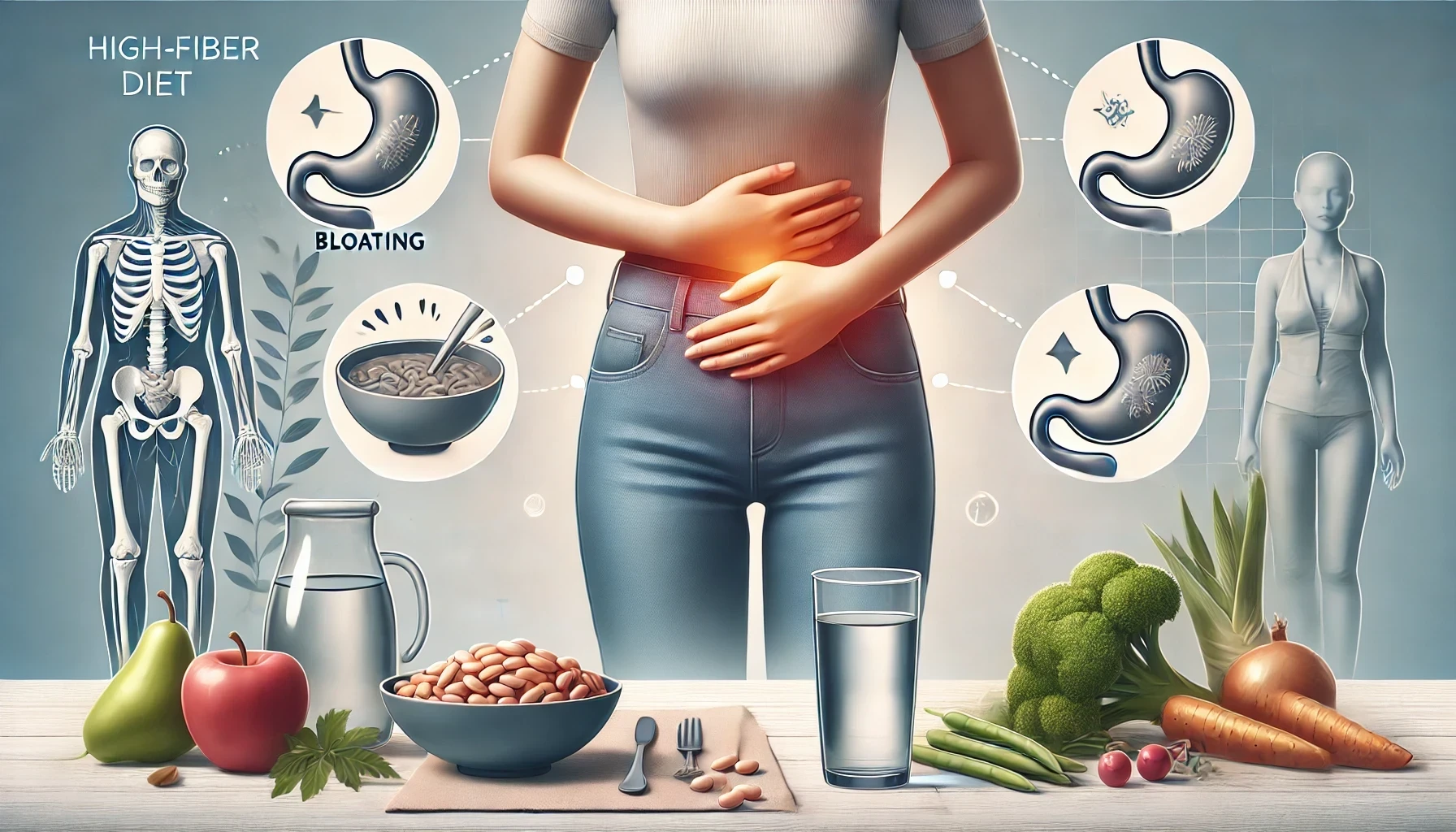
While fiber is undeniably beneficial, consuming too much too quickly can lead to certain side effects:
- Bloating and Gas
A sudden spike in fiber can cause excessive gas production, as gut bacteria work overtime to break down the extra material. - Abdominal Cramping
In some individuals, especially those with sensitive stomachs or IBS (Irritable Bowel Syndrome), the influx of fiber may lead to cramping. - Interference with Nutrient Absorption
Extremely high amounts of fiber can bind to minerals like calcium, magnesium, and iron, reducing their absorption. However, this is a concern only if your fiber intake is extraordinarily high. - Constipation (if Fluid Intake Is Insufficient)
Fiber needs water to function properly. Without adequate hydration, high fiber intake can backfire, leading to constipation instead of alleviating it.
To avoid these pitfalls, introduce fiber gradually, spread it throughout the day, and ensure you’re drinking enough water.
Frequently Asked Questions (FAQs)
- Can I take fiber supplements instead of eating high-fiber foods?
While fiber supplements (like psyllium husk) can be beneficial for those struggling to meet their daily requirements through diet alone, they shouldn’t replace whole foods entirely. Whole foods offer a package deal—fiber plus vitamins, minerals, and antioxidants. - What’s the difference between prebiotics and probiotics, and how does fiber fit in?
Prebiotics are non-digestible fibers that feed beneficial gut bacteria, while probiotics are live, beneficial bacteria found in fermented foods or supplements. Many forms of dietary fiber (like inulin and FOS) act as prebiotics, nourishing the microbes that probiotics introduce to your gut. - If I eat a lot of fiber, do I need less protein or other nutrients?
Fiber is just one component of a balanced diet. You still need adequate protein, healthy fats, vitamins, and minerals. Focus on variety and aim to meet recommended dietary guidelines for all essential nutrients. - Does cooking affect the fiber content of food?
Some forms of cooking can break down the structure of fiber, but the impact is usually minimal. Steaming, roasting, or sautéing typically preserves the majority of fiber in vegetables and grains. - Is there a “best time” to eat fiber?
There’s no universally ideal time to eat fiber, but spreading it throughout the day can help maintain stable blood sugar levels, energy, and digestive regularity.
A Day of High-Fiber Eating: Example Meal Plan
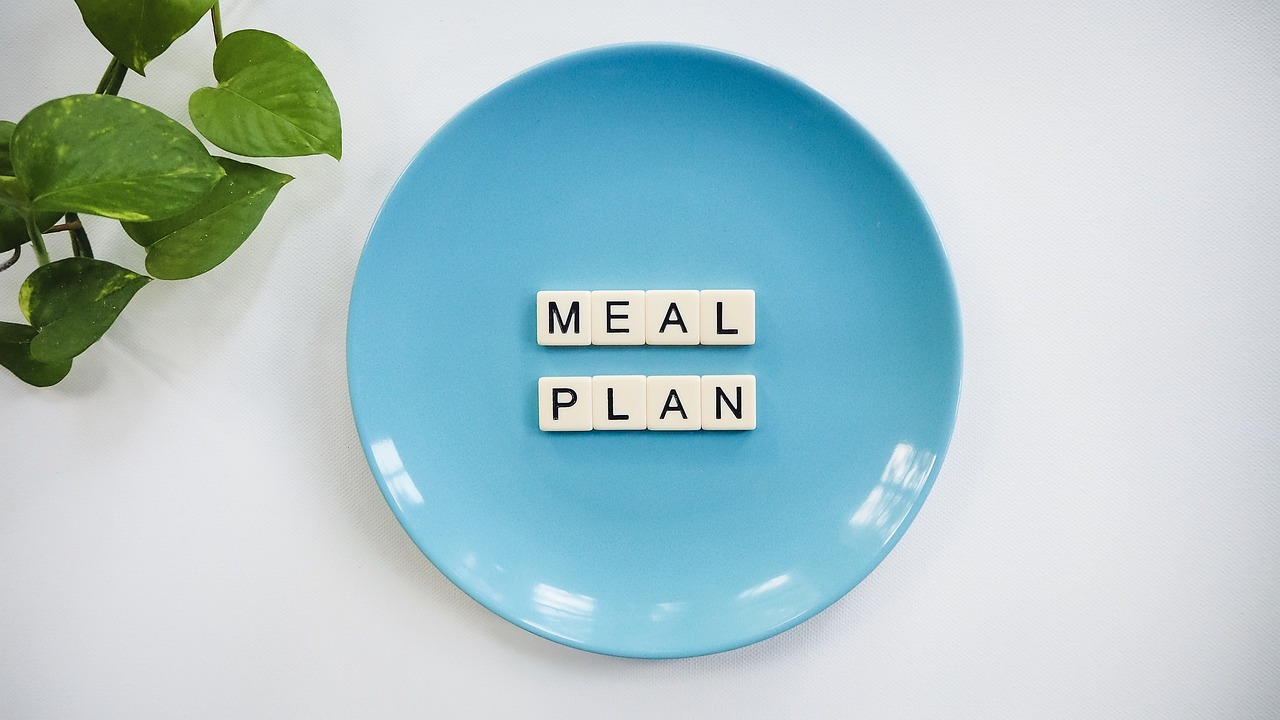
To illustrate how to incorporate these top 10 high-fiber foods, here’s a sample meal plan:
- Breakfast
- Overnight oats made with rolled oats, chia seeds, almond milk, topped with fresh berries (raspberries or blackberries).
- A cup of green tea or black coffee.
- Mid-Morning Snack
- Apple slices with a tablespoon of peanut butter.
- A tall glass of water.
- Lunch
- Mixed green salad with chickpeas, chopped avocado, cherry tomatoes, and a drizzle of olive oil and vinegar.
- Whole wheat bread slice or a small portion of quinoa.
- Sparkling water or a light herbal tea.
- Afternoon Snack
- A handful of almonds and pistachios (mixed).
- Optionally, a piece of dark chocolate (70% or higher cocoa) for antioxidants.
- Dinner
- Stir-fried broccoli, carrots, bell peppers with a lean protein (e.g., chicken breast or tofu) served over brown rice.
- Season with garlic, onion, and low-sodium soy sauce for flavor.
- A glass of water or unsweetened iced tea.
- Evening Treat
- A small cup of Greek yogurt with ground flaxseeds and a drizzle of honey or fruit compote.
- This added fiber from flaxseeds and protein from yogurt can keep you feeling satisfied.
This sample day offers a balanced approach, showcasing how fiber can come from various sources (grains, fruits, vegetables, nuts, seeds) without sacrificing flavor or variety.
Tips for Long-Term Success
- Label Reading
When shopping for packaged foods, look at the nutrition label. Choose products that have at least 3–5 grams of fiber per serving. - Menu Planning
If you often dine out or order takeout, familiarize yourself with healthier, high-fiber options. Ask for extra vegetables or substitute whole-grain bread and pasta when available. - Mindful Eating
Fiber aids in satiety, which means you might feel full sooner. Listen to your body’s hunger and fullness cues to avoid overeating. - Kitchen Creativity
Experiment with new recipes to keep your meals interesting. For example, make black bean brownies or incorporate lentils into a shepherd’s pie. - Stay Hydrated
Aim for at least 8 cups (64 ounces) of water per day, more if you’re active or live in a hot climate. Fiber needs water to move smoothly through the digestive tract. - Consult Health Professionals
If you have pre-existing conditions like IBS, Crohn’s disease, or other digestive disorders, consult a healthcare provider or registered dietitian. They can tailor dietary recommendations to your needs.
Putting It All Together
A fiber-rich diet is one of the most accessible and effective ways to support digestive health, and it pays dividends in nearly every aspect of well-being. By focusing on these top 10 high-fiber foods—beans and legumes, oats, chia seeds, flaxseeds, berries, avocados, apples (with the skin), broccoli, whole grains, and nuts—you’ll be well on your way to meeting (or exceeding) the recommended daily fiber intake. In doing so, you’ll likely notice improvements in your energy levels, gut function, and even your waistline.
Remember that the goal is not just about hitting a daily fiber “number.” It’s about embracing a varied, nutrient-dense diet that includes whole, minimally processed foods. Fiber, in combination with sufficient protein, healthy fats, vitamins, and minerals, forms the foundation of a healthy eating pattern. Over time, this approach can significantly reduce your risk of chronic diseases like obesity, heart disease, and type 2 diabetes.
If you’re new to a high-fiber diet, start small. Simple swaps—like switching from white bread to whole wheat or from potato chips to a handful of almonds—can get the ball rolling. Pair every fiber-rich food with ample water to avoid digestive discomfort, and track your progress in a food journal if that helps. The more consistent you are, the sooner you’ll see and feel the benefits.
Conclusion
Digestive health is a multifaceted issue, but dietary fiber consistently emerges as a key factor in promoting regularity, nourishing beneficial gut bacteria, and shielding your body from various health problems. By understanding the different types of fiber (soluble, insoluble, prebiotic) and knowing which foods provide the highest amounts, you can make strategic choices that not only bolster your gut health but also contribute to weight management, cardiovascular health, and overall vitality.
The 10 high-fiber foods we’ve highlighted—beans and legumes, oats, chia seeds, flaxseeds, berries, avocados, apples, broccoli, whole grains, and nuts—are more than mere additions to your plate. They represent a variety of flavors, textures, and culinary possibilities that make healthier eating both enjoyable and sustainable. The strategies outlined—from gradual intake increases to reading nutrition labels—ensure that you integrate fiber without unnecessary discomfort or complication.
Ultimately, fiber is a nutritional hero that deserves more attention. If you integrate these top 10 high-fiber foods into your daily routine, you’ll likely discover that better digestion is just one of many positive changes. Enjoy the journey toward improved gut health, and remember: a healthy digestive system often sets the stage for a healthier mind and body. By prioritizing fiber, you’re laying a strong foundation for lifelong wellness—one meal at a time.

